Published Nov 26, 2017
"The Cage" Rolled Camera 53 Years Ago
"The Cage" Rolled Camera 53 Years Ago
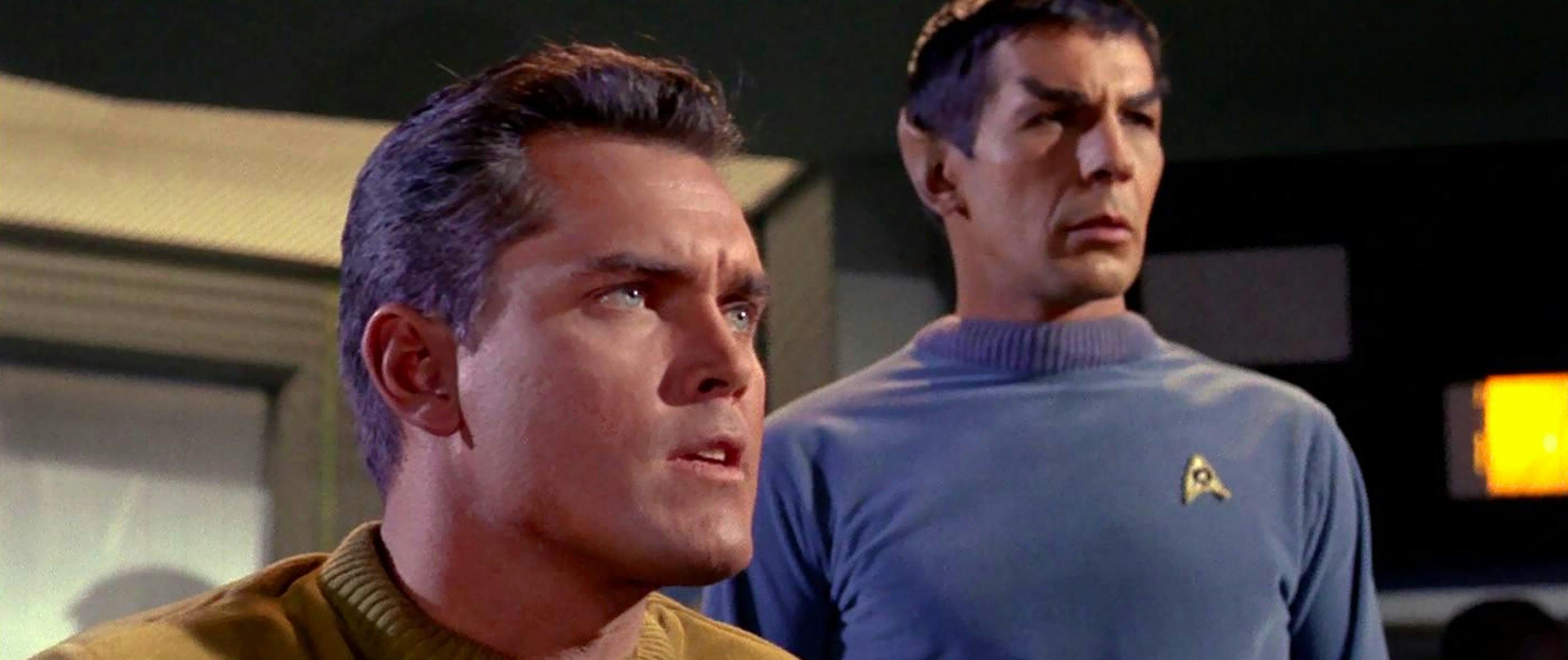
It all started with "The Cage"... and "The Cage" started on this day, November 27, in 1964. Yes, that's when production commenced on the first pilot for Star Trek: The Original Series. We all know the saga: Gene Roddenberry’s initial stab at Trek – which was rejected by NBC, but impressed them enough to order a second pilot -- included some of the elements that fans came to know and love, but it also in many ways differed tremendously from what viewers saw later upon the premiere of “Where No Man Has Gone Before.” StarTrek.com, to mark the moment, has gathered together some facts, figures and anecdotes about “The Cage”:
Hunter In, Hunter Out
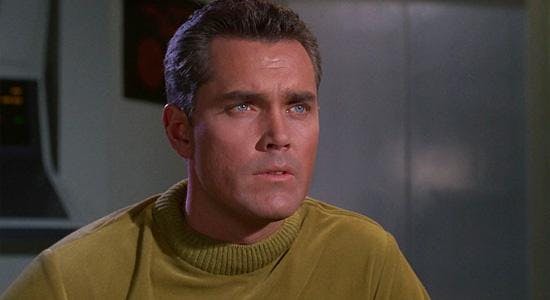
Roddenberry tapped Jeffrey Hunter to star as Christopher Pike, captain of the U.S.S. Enterprise. Hunter, following NBC's rejection of "The Cage," exited Star Trek, exercising his contractual right not to do “Where No Man Has Gone Before.” Hunter passed away in 1969.
Starring... Graves? Coburn? Taylor?
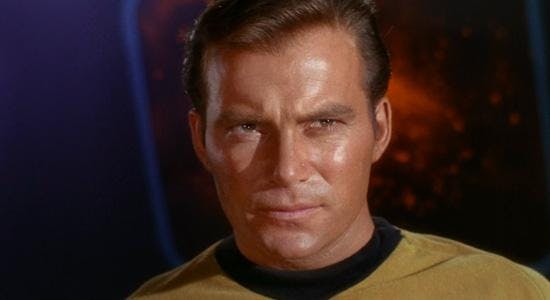
Pre-Hunter, the character was going to be named Captain Robert April or possibly Captain Winter. Among the other actors whose names were at least considered for the part by either Roddenberry or NBC were James Coburn, Efrem Zimbalist Jr., George Segal, Patrick O’Neal, Peter Graves, Rod Taylor and a Canadian fellow named William Shatner.
The Cost of a "Cage"

NBC spent $360,000 to produce "The Cage.”
The Nimoy Connections

As Spock, Leonard Nimoy betrayed just a touch of emotion, smiling broadly in one scene, per the director's instructions. Nimoy had guest starred previously on Roddenberry’s series, The Lieutenant. He also, quite fascinatingly, shared the screen for a moment with William Shatner in “The Project Strigas Affair,” an episode of The Man from U.N.C.L.E. that aired on November 24, 1964.
Co-Starring DeForest Kelley as Spock?
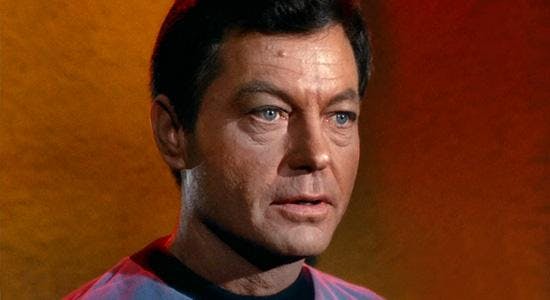
Nimoy won the role after it was reportedly turned down by DeForest Kelley and Martin Landau. As history would have it, after Star Trek concluded its run, Nimoy joined the cast of Mission: Impossible… following the departure of Martin Landau.
Pick One Mr. Roddenberry...
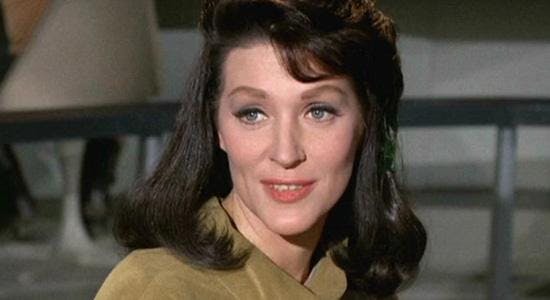
Majel Barrett played Number One, the ship’s second in command. The story goes that NBC, when they OK-ed a second pilot, compelled Roddenberry to pick either the pointy-eared alien or the female first officer; having both was out of the question. Barrett, who went on to marry Roddenberry, later portrayed Nurse Chapel and provided the voice of most of the computer systems heard throughout the Trek shows and movies. Barrett-Roddenberry passed away on December 18, 2008, not long after voicing the Enterprise computer one last time for Star Trek (2009).
A Very Different Bones
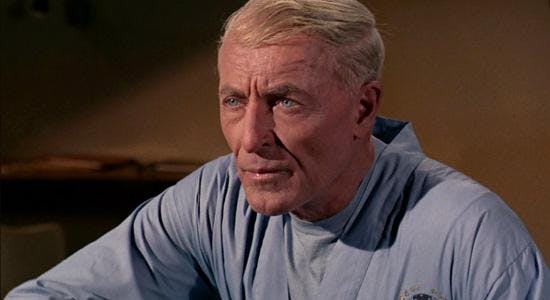
Dr. Phillip “Bones” Boyce was embodied by John Hoyt. Portions of his performance can be seen in “The Menagerie” two-parter. Trek was but one credit in a long and prolific career. Many TV viewers of a certain age remember Hoyt as Grandpa Stanley Kanisky on the sitcom Gimme a Break! He passed away on September 15, 1991 at the age of 85.
Spot the Differences

The outfits are markedly different between “The Cage” and “Where No Man Has Gone Before,” as are the sets. Case in point: The Starfleet insignias in the original pilot are much subtler and less visible than those used later.
Where Be The Red Shirts?
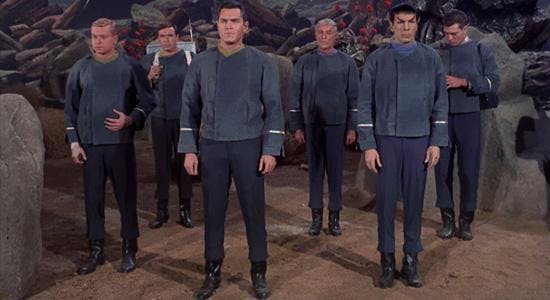
Here are a few familiar, beloved Trek bits not on view in "The Cage": Captain Kirk, of course. But there were also no phasers, tricorders or red shirts.
A First Among Firsts
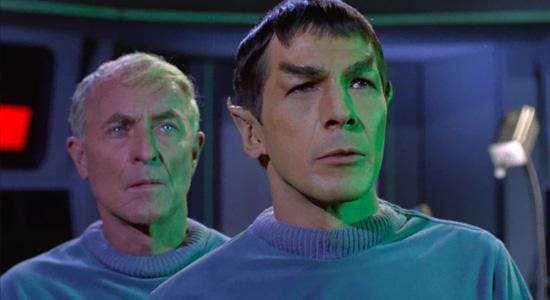
"Check the circuit" was the first line of dialogue uttered in "The Cage," and the honor went to Leonard Nimoy.
She's Still Standing
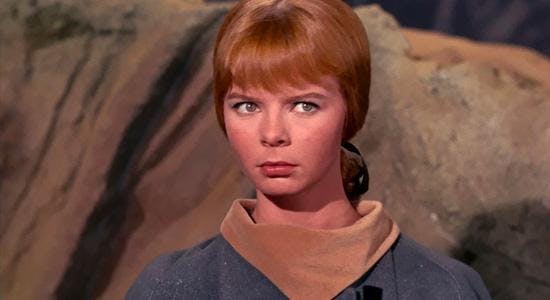
The only surviving member of "The Cage" cast is Laurel Goodwin, who played Yeoman J.M. Colt. The actress, following Hunter's departure, was not asked back for "Where No Man Has Gone Before." It was, she told StarTrek.com in a 2016 interview, "very painful." Yet, she still can lay claim to her tidbit of Trek immortality. "I'm the last man standing," she told us. "Yep. Yep, yep. I have to say, it's really quite wonderful, particularly now, at my age, to know that in some small way the work is still there, still alive, that it’s not something everybody has forgotten about."

